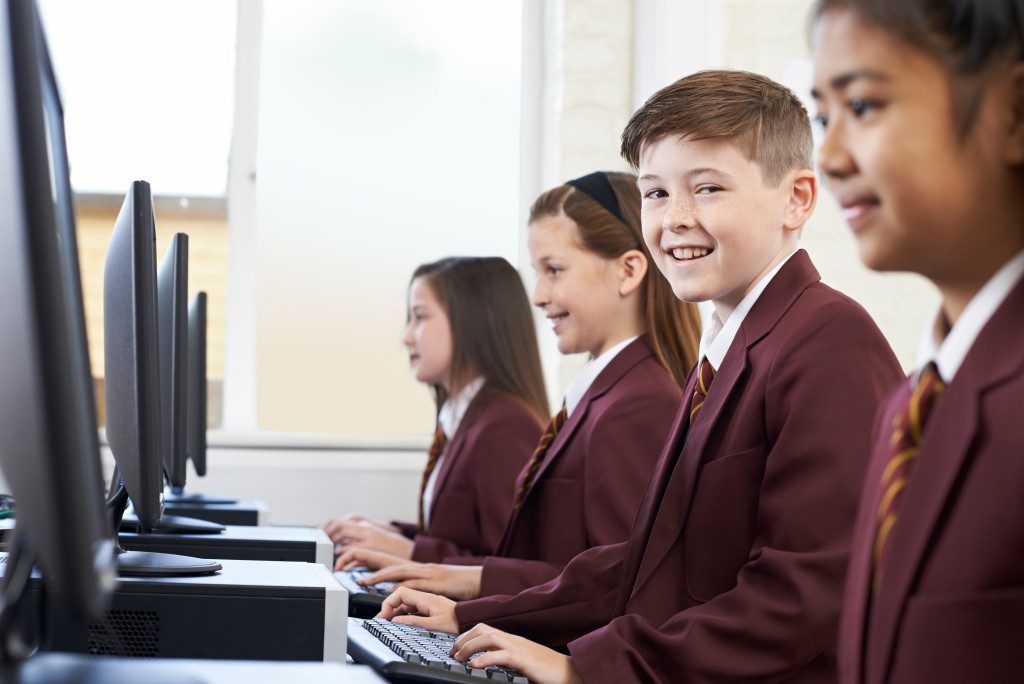The world around us is constantly changing, as are our students. Practices are evolving, and technology is advancing. Different lifestyles and mindsets are forming, and the way education works is seeing a shift to not only cater to these generational differences but also to improve the way school functions for the learners of today and tomorrow. Among the changes that are taking place are these practices:
-
Creating a more conducive environment
The way a classroom is set up does a lot in encouraging productivity in students and making them feel comfortable and avoiding boredom. A study by Western Michigan University showed that a poorly designed classroom environment could stifle the learning process because students can't foster a positive attitude and don't retain as much from their teachers.
Schools are starting to implement more modern classroom furniture in Australia to create a better space for students to learn and feel more creative. This covers everything, from the whiteboards being used to the placement of furniture and the kind of seating provided. It's been found that open space worktables and softer seating creates a more collaborative environment and encourages social interaction between diverse groups. This information can be useful in teaching large classes and can even fit within specific budgetary restrictions that institutions may have in place.
-
Integrating technology into studies
From online assignments to the use of tablets and equipment, like projectors and screens inside the classroom, technology is becoming a more integrated part of the student's learning process and daily life. Not only is this factor more convenient for both teachers and learners, but it also pushes forward the ways in which lessons can be taught. New levels of interactivity can be reached, making education more interesting for students, and higher levels of efficiency can be achieved as younger generations make use of tools that are a significant part of their lifestyle growing up.
As recent studies explore how technology can be used to further classroom learning, continuous innovations cater to new ways of exploring new concepts at every level and age group.
-
Making use of experiential learning
Curriculums are starting to lean towards more experiential learning to capture the attention of students and help them grasp theories and new skills better. By going beyond lectures and written work, students can apply their learnings hands-on and develop their knowledge in new ways.
This method allows teachers to have a more measurable standard to check on to see the progress of each individual. It also allows teachers to reach out to their students in new definable ways that can encourage more participation and interaction. It creates a mindset that motivates students to go for direct experiences and have a more active approach toward their own educational progress. Studies have also shown that this can improve retention from students across all levels.
Simple yet actionable improvements like these are enabling modern-day students to take more significant strides toward the future. These can make students even more well-equipped than any generations that came before.
